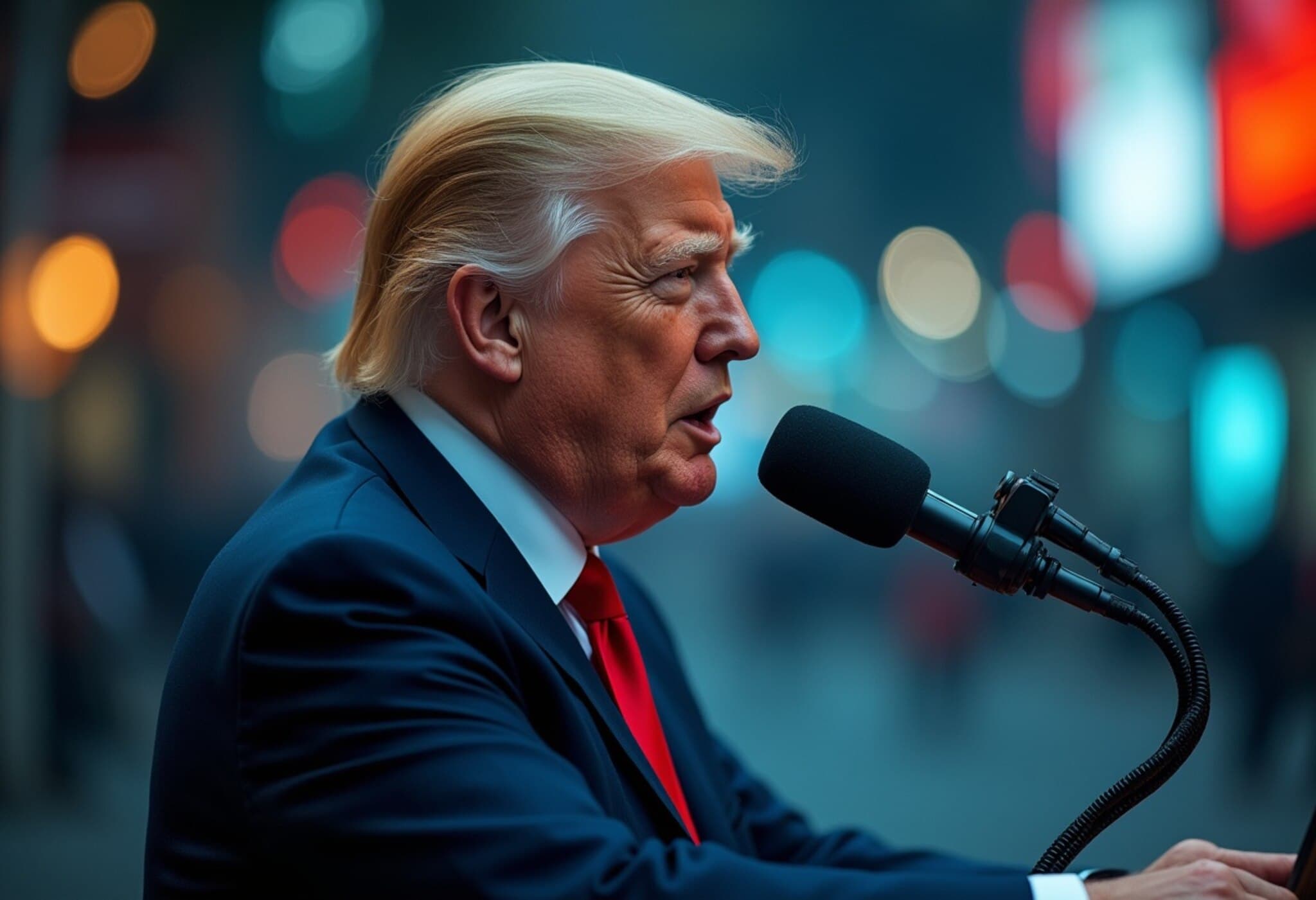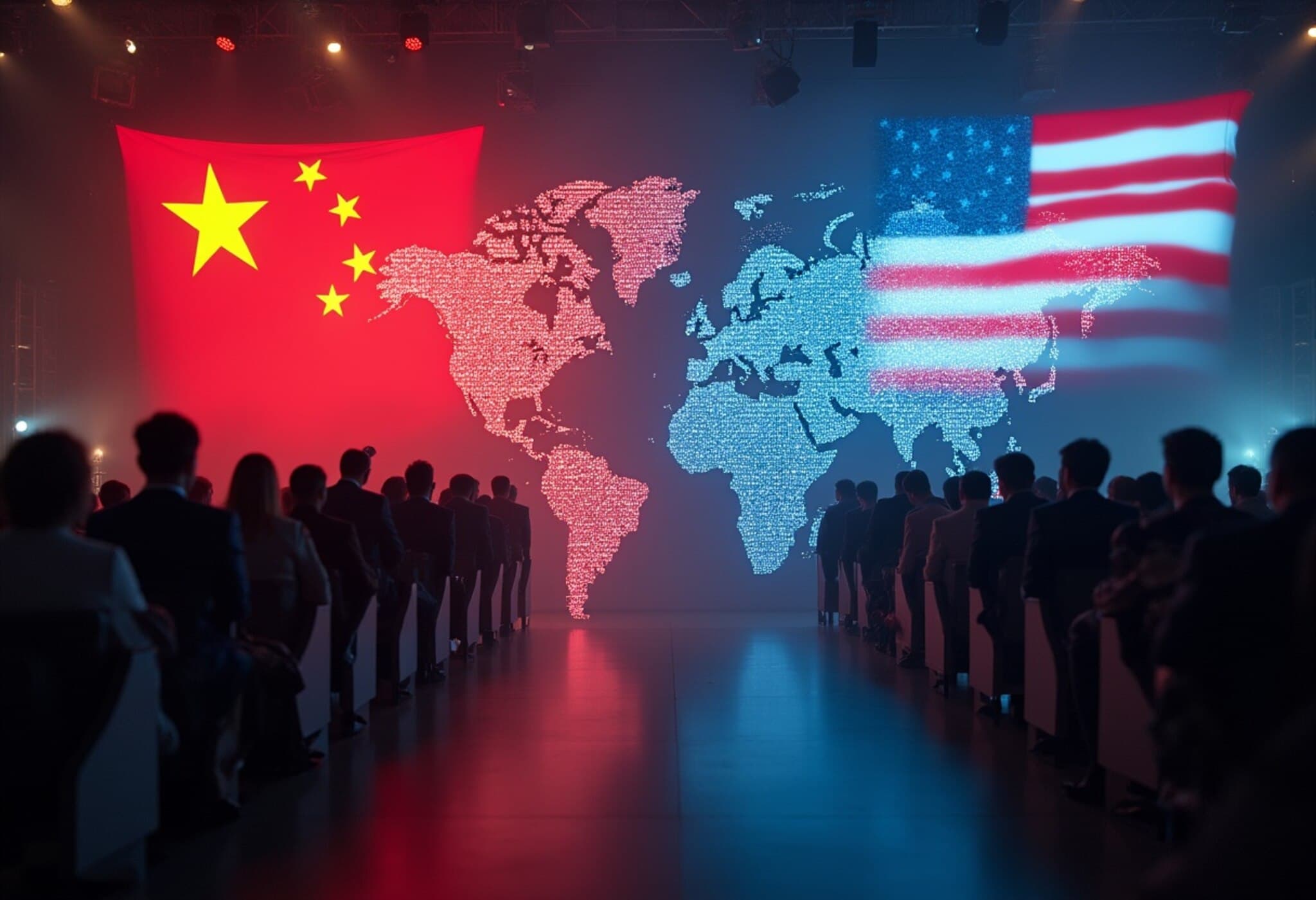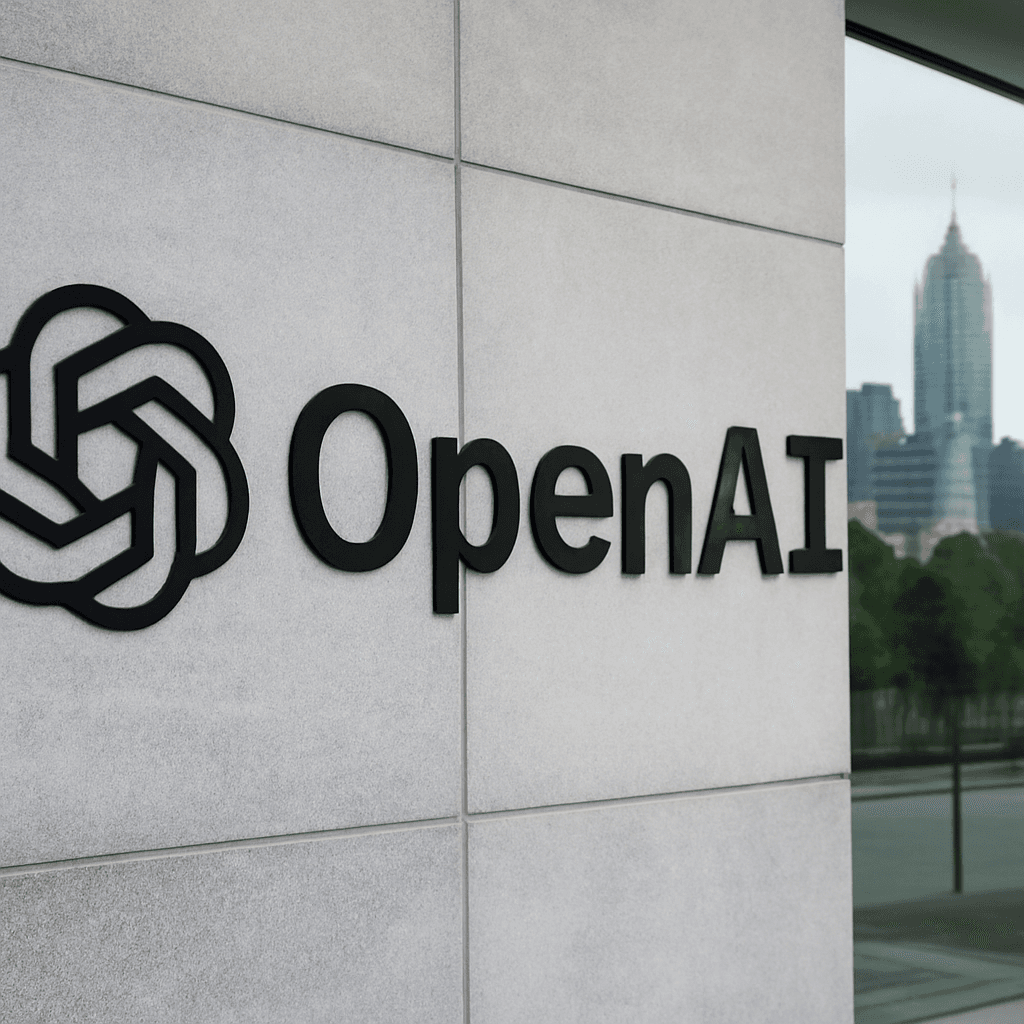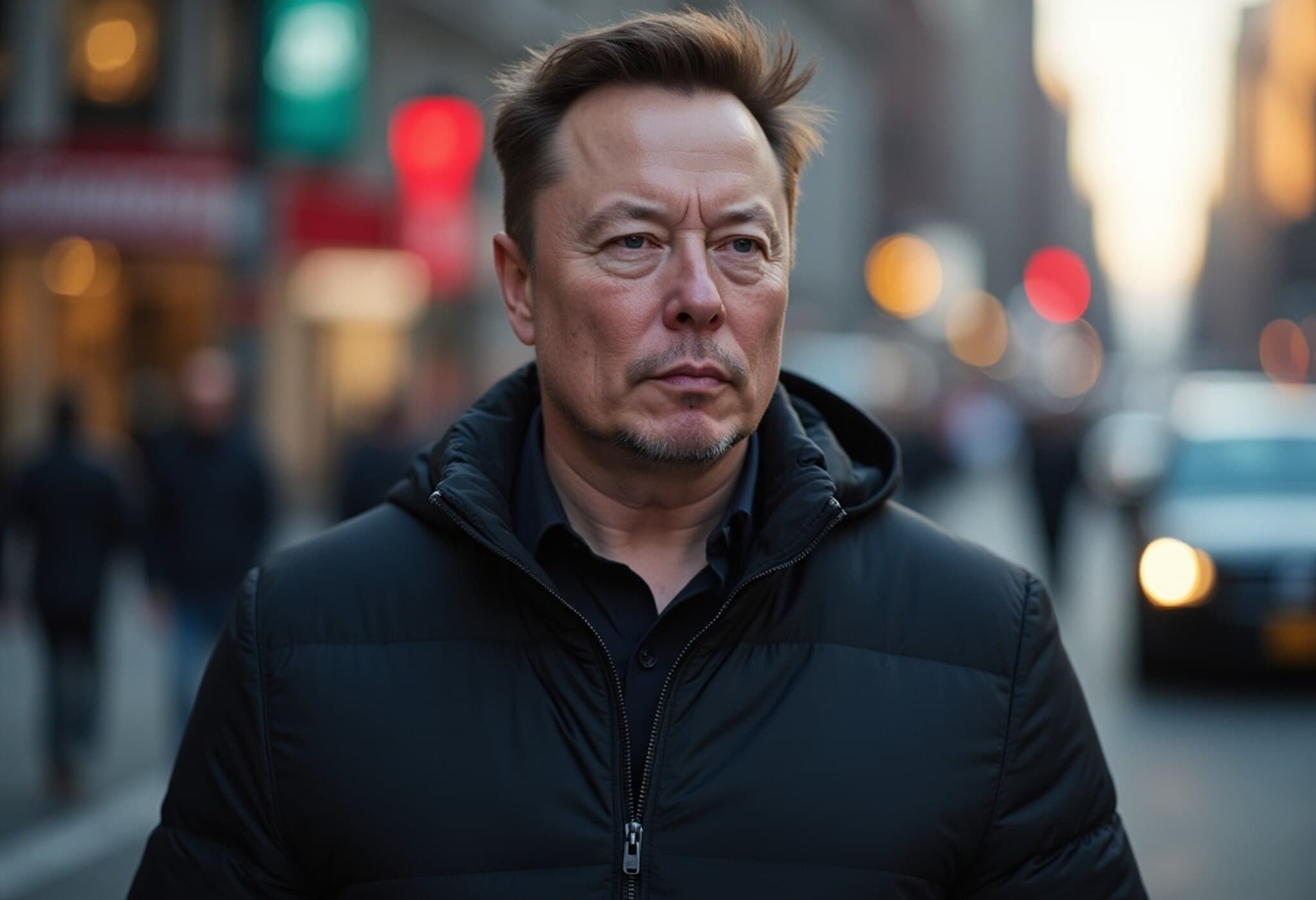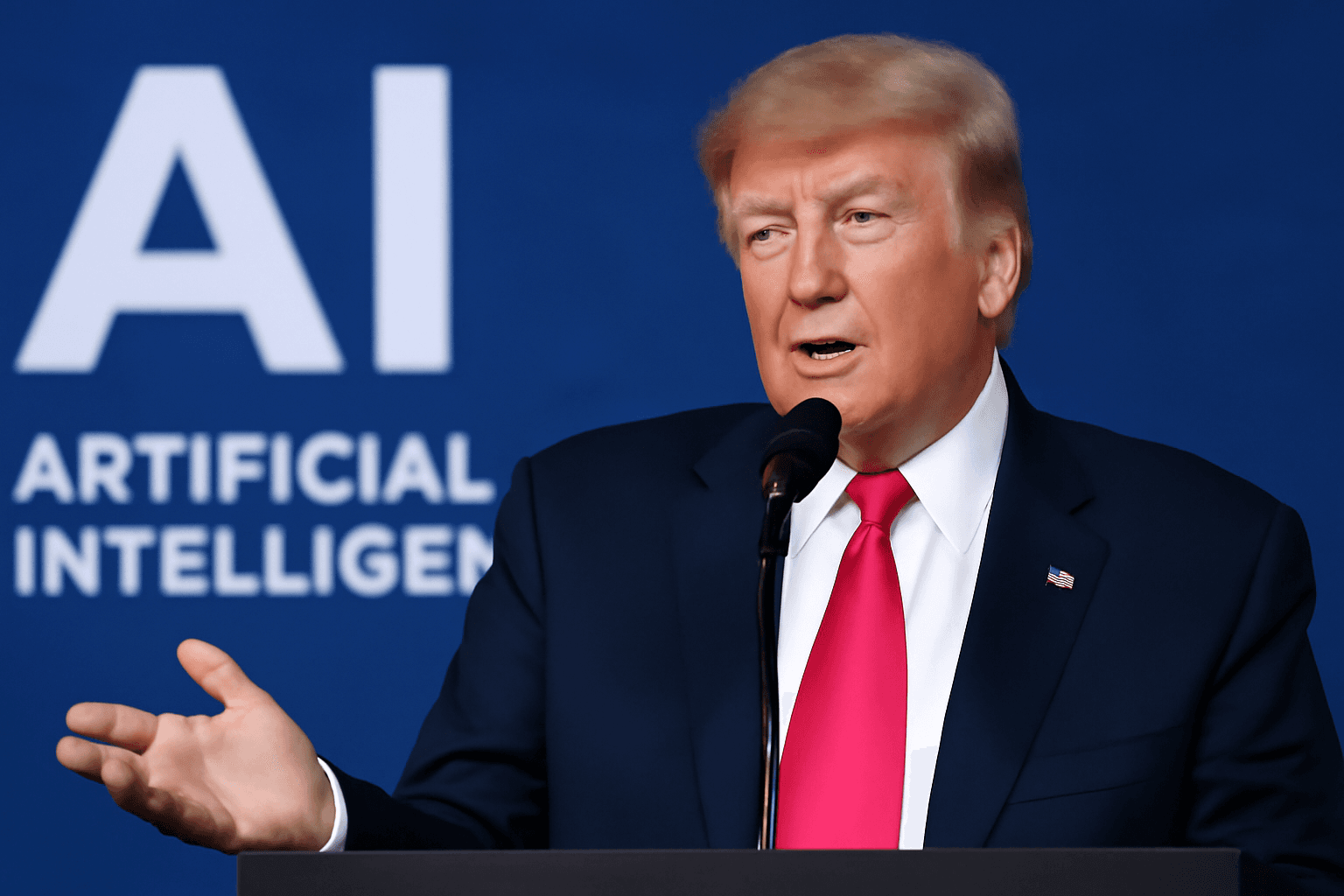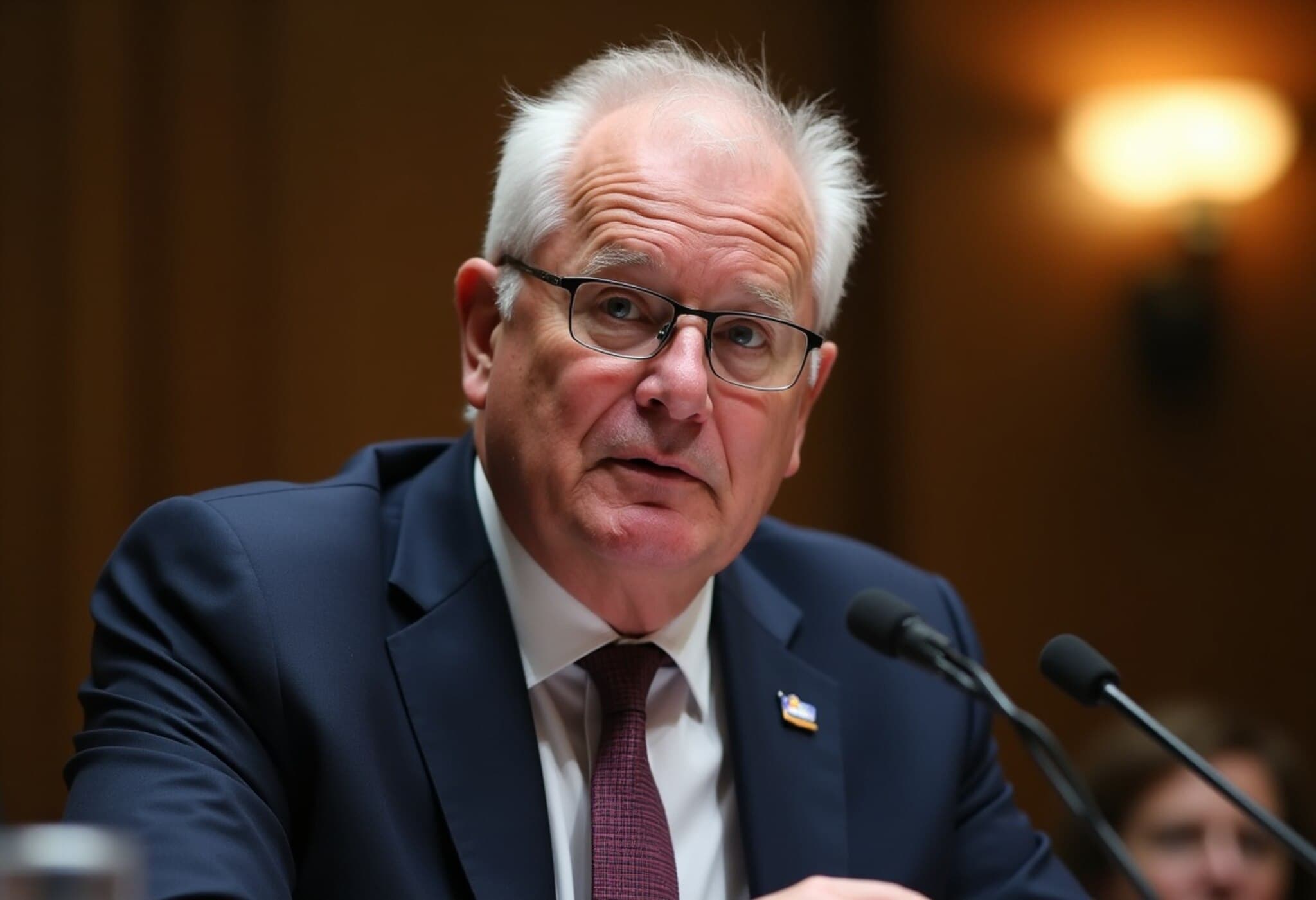Trump Announces Ambitious AI Strategy to Position U.S. as Global Leader
On July 23, 2025, former President Donald Trump presented a high-profile address outlining his administration's latest efforts in artificial intelligence (AI) policy. Central to his remarks was the unveiling of a comprehensive "AI action plan," accompanied by the signing of executive orders aimed at securing a competitive edge for American AI innovation, while emphasizing ideological neutrality and free expression as key criteria for federal AI contracts.
Key Pillars of the AI Action Plan
- Combatting Ideological Bias: White House AI and cryptocurrency czar David Sacks emphasized that AI technologies, especially chatbots, should be "free of ideological bias" and not serve as conduits for "socially engineered agendas."
- Free Speech as a Contract Standard: Michael Kratsios, Director of the White House Office of Science and Technology Policy, announced that procurement guidelines will be updated so that only developers whose AI systems "allow free speech and expression to flourish" will be eligible for federal contracts.
- Deregulation to Foster Innovation: The Trump administration committed to stripping away what it terms "onerous Federal regulations" perceived as impediments to AI development and deployment, signaling a lighter regulatory touch to speed technological advancement.
Questions Around Implementation and Definitions
Despite this bold vision, officials did not clarify how "ideological bias" will be concretely defined or measured. The Government Services Administration is working on drafting procurement language that would incorporate standards of truthfulness and neutrality as obligatory for eligibility, yet the specifics remain under development.
This raises a number of critical questions for policymakers and the public alike: How can bias in complex AI models—trained on vast, varied data sets—be effectively and fairly assessed? What standards of truthfulness are operationally feasible without stifling innovation or dissenting viewpoints? And how will this approach align with existing policies and international AI ethics frameworks?
Contextualizing the AI Directive Within U.S. Policy and Global Trends
The Trump administration’s AI agenda comes at a pivotal moment. As competitors like China accelerate AI development with state-backed strategies, U.S. policymakers face mounting pressure to balance innovation with ethical guardrails. The push to link federal contracts to ideological neutrality and free speech protection reflects broader debates about the social impact of AI technologies, including concerns regarding misinformation, censorship, and bias.
Notably, this AI approach diverges from previous regulatory frameworks that prioritized oversight based on safety and privacy alone. By highlighting ideological bias and freedom of expression, the administration signals a distinct policy philosophy that intertwines technological advancement with cultural and political values — a move that will likely spark both support and controversy across political and industry stakeholders.
Expert Commentary: Navigating AI Ethics and Policy Challenges
Dr. Elena Martinez, an AI ethics researcher at Stanford University, remarks, "While the aim to ensure AI systems are free from bias is laudable, operationalizing these ideals in complex AI systems poses technical and philosophical challenges. Bias can be subtle and context-dependent; oversimplifying it risks missing critical nuances or inadvertently perpetuating other forms of exclusion. Transparent, multidisciplinary governance frameworks are essential."
From an economic perspective, deregulation may accelerate innovation but also raises questions about consumer protection, security, and equitable access, especially as AI systems become deeply embedded in public services and decision-making.
Looking Ahead: Balancing Innovation, Ethics, and Public Trust
As AI continues evolving at breakneck speed, this new directive underscores the ongoing tension between fostering innovation, safeguarding ethical standards, and protecting democratic values. The administration’s success will hinge on its ability to craft clear, enforceable standards that both inspire confidence among developers and earn public trust.
For U.S. businesses and AI developers, the shifting regulatory landscape signals the need to proactively engage with policymakers and prioritize responsible AI design practices. Meanwhile, the global AI ecosystem will be watching closely—anticipating how the world’s largest economy navigates these complex tradeoffs.
Editor’s Note
President Trump's AI action plan marks a significant moment in U.S. technology policy, blending innovation priorities with ideological considerations—a rare and bold path that invites both optimism and scrutiny. As the federal government moves to embed standards around bias and free speech into procurement, questions about enforcement, fairness, and the future of AI governance come sharply into focus. This evolving dialogue is vital not only to American competitiveness but also to ensuring AI technologies serve the public interest in an era defined by rapid digital transformation.

